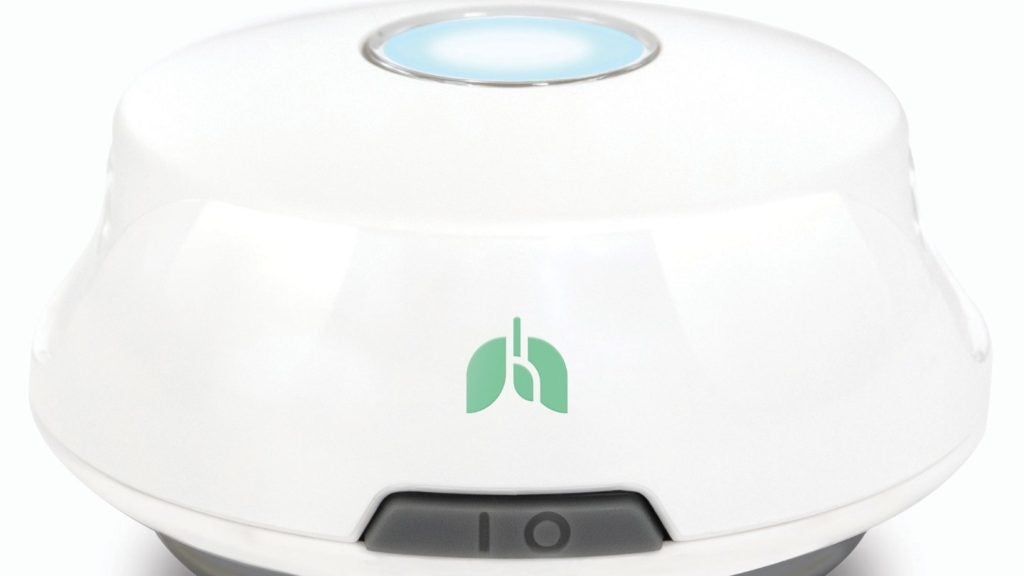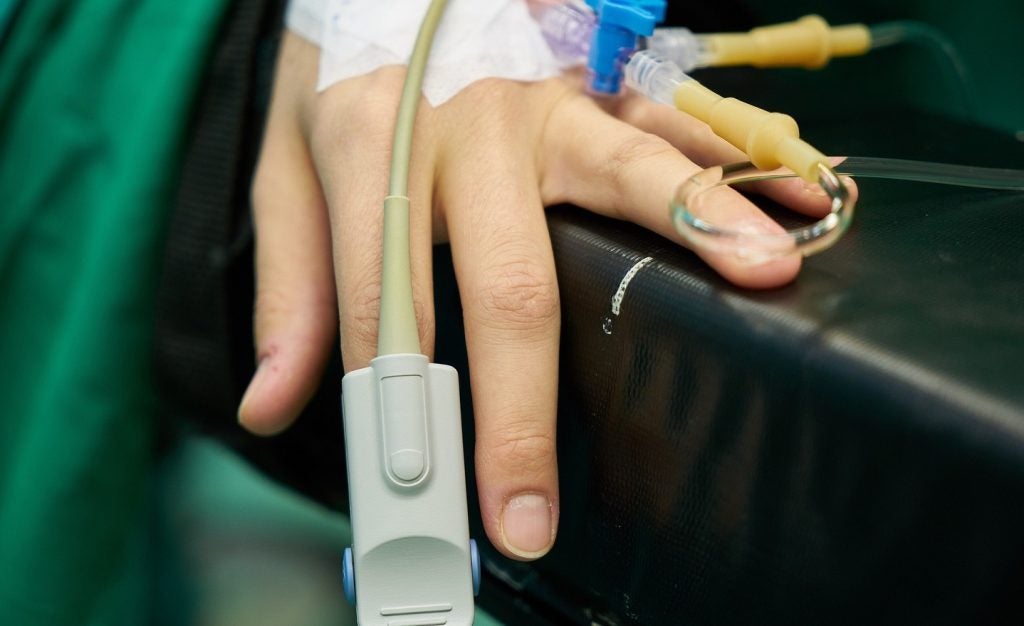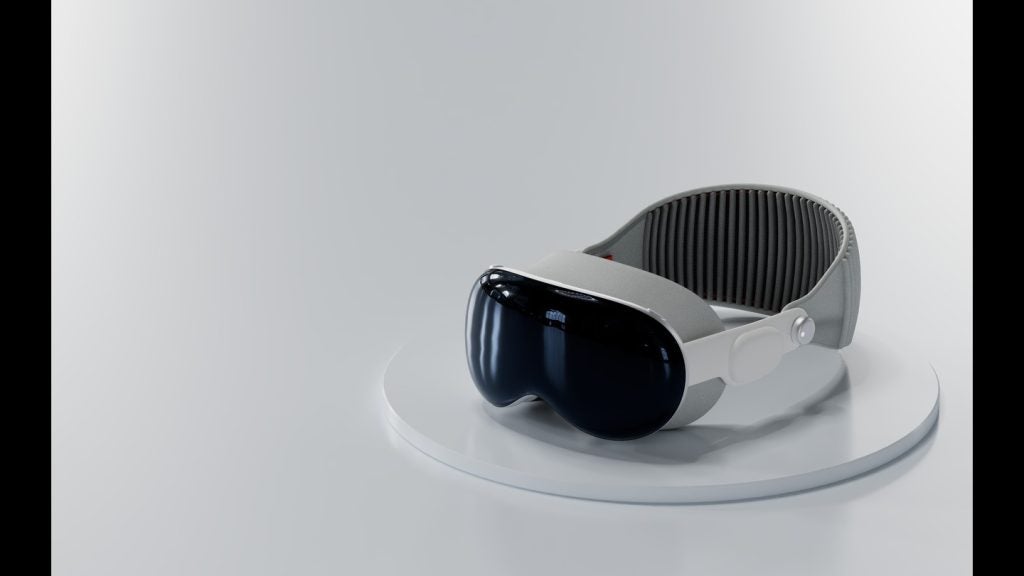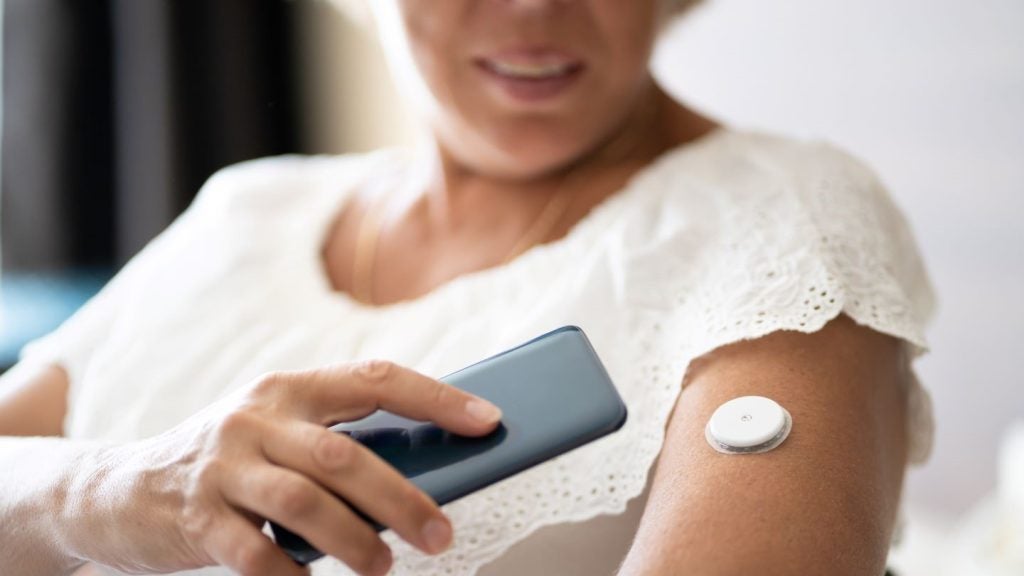UK-based medical technology company ChestPal has launched its new digital stethoscope, ChestPal Pro, for healthcare practitioners in the US.
The introduction marks a significant advancement in diagnostic tools available in the market.
The device, which offers automatic detection and classification of crackles and wheezes, is designed to aid clinicians in making accurate and swift diagnoses, potentially reducing emergency room visits for respiratory conditions.
ChestPal Pro's technology converts lung sounds into visual spectrograms, enhancing the accuracy and reliability of lung sound analysis across various types.
This feature is particularly beneficial for the diagnosis and management of life-threatening respiratory diseases such as pneumonia, asthma, and chronic obstructive pulmonary disease.
The device also simplifies the process of recording, monitoring, and transmitting lung sounds, streamlining patient care.
Its lung exam-sharing capability is especially useful for case escalation and referrals, providing convenience for healthcare providers and patients, especially when specialists are not close to the patient.
ChestPal co-founder and chief product officer Helena Binetskaya said: “We created ChestPal Pro to make lung sound classification more objective and reliable for frontline healthcare professionals as part of their clinical decision-making process.”
According to a recent Glimpse survey, 60% of healthcare practitioners reported sending respiratory patients to the emergency room when lung sounds could not be accurately detected.
Furthermore, 85% believe that a smart stethoscope capable of detecting subtle lung sounds could play a significant role in reducing ER visits.
Northwestern Medicine general internal medicine physician Dr Emily Tuchman said: “ChestPal Pro helps pick up lung sounds that are too subtle to hear when using a stethoscope alone.
“I listened to a patient’s lungs with my stethoscope and didn’t auscultate wheezing, but with ChestPal Pro, I picked up wheezing and could prescribe the steroids and inhaler my patient needed to improve.”















